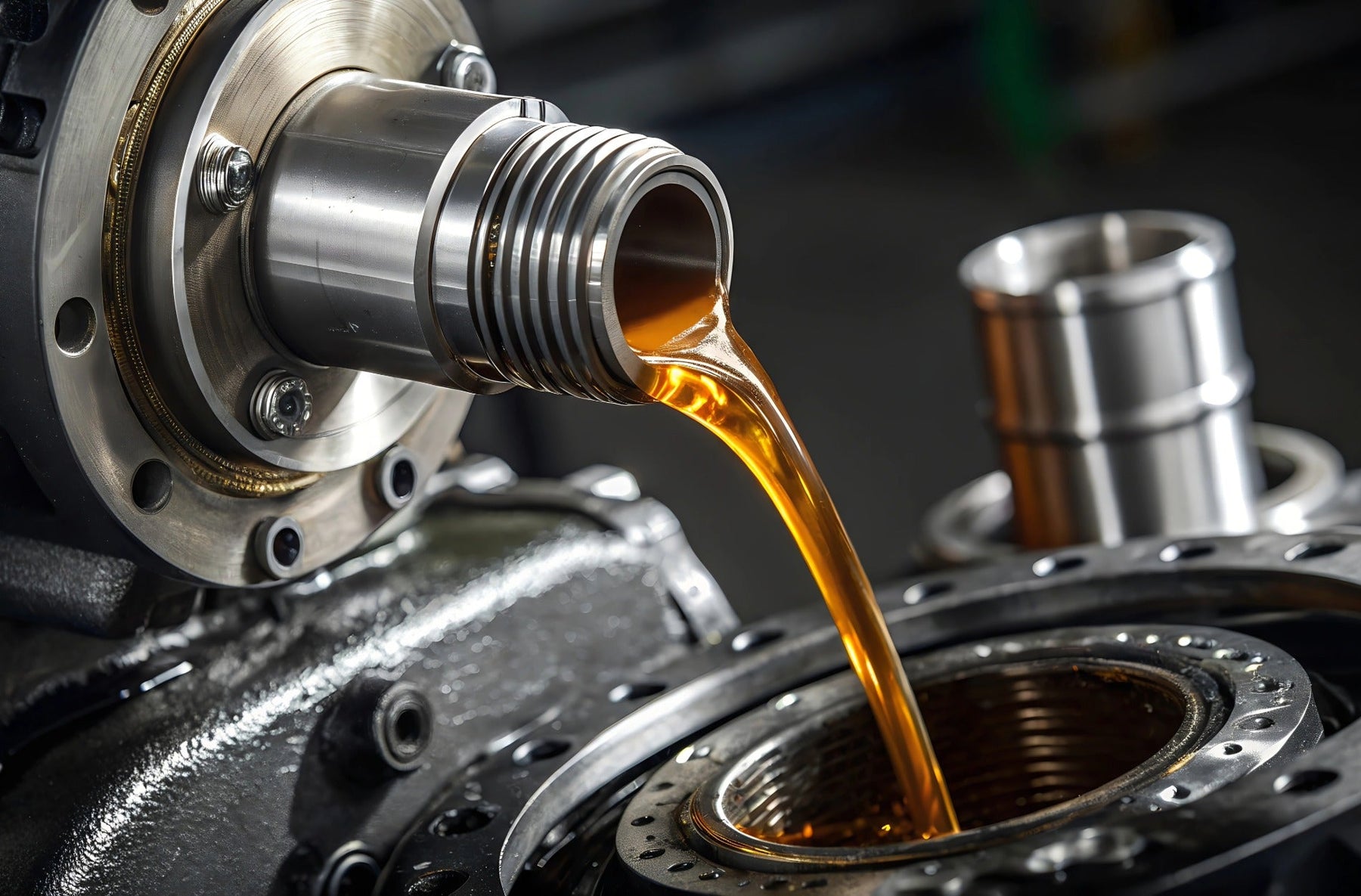
Air Tool Lubrication Best Practices
Air tools are incredibly useful and dependable when kept in good condition. From impact wrenches to pneumatic drills, these tools deliver power and speed on the job. But to keep them running like they should, you can’t overlook one key step: lubrication. Lubricating your air tools makes a big difference in how well they work and how long they last. Without it, you're inviting wear, rust, and sluggish performance.
Just like you wouldn't drive a car without oil in the engine, it's a bad idea to run air tools without the right kind of oil. Doing so can cause internal parts to dry out and break down quicker than they should. Using the proper lubricating oil for air tools helps protect internal parts from friction and keeps them moving freely. Whether you're working in a shop or out in the field, keeping your air tools properly oiled means fewer breakdowns and better performance on the job.
Understanding Different Types of Lubricants
Not all lubricants are created equal, and using the wrong one can do more harm than good. Air tools need a specific type of oil that’s lightweight and made to handle the high-speed, high-pressure conditions these tools create. Here’s a breakdown of the most common types you’ll come across and what to know about each:
- Standard Air Tool Oil: This is the most commonly used option. It's designed to reduce friction while leaving behind a thin protective coating inside the tool. Most standard air tool oils are safe for daily use and help extend equipment life.
- Synthetic Lubricants: These offer better performance in extreme temperatures and don’t gum up over time. They're usually more expensive than standard oils but are worth it for heavy use or tough work environments.
- Non-Detergent Oils: Some air tool designs call for oils that don’t contain cleaning agents. Detergents can cause residue to build up and interfere with tool performance if it's not designed to handle them.
- Food-Grade Lubricants: If you're working in food processing, you'll need oils that meet clean manufacturing standards. These oils are made to be safe where incidental contact with food might happen.
Keep in mind that regular motor oil, cooking oil, or WD-40 are never good choices for air tool lubrication. These can either damage seals, attract dirt, or leave behind sticky residue that clogs up moving parts. When in doubt, always check what your specific tool needs or reach out to a pro to confirm the best option. One example is when someone tried using standard engine oil in a pneumatic stapler. It ended up gumming up the inside and reducing firing power, an easy mistake that could’ve been avoided with the right oil.
Steps for Proper Air Tool Lubrication
Proper lubrication keeps air tools running smoothly and ensures a longer life. Here’s a simple guide to help you out:
1. Before Use: Always check the manufacturer's instructions regarding lubrication intervals. Generally, adding a couple of drops of oil into the air inlet before use is a good start. This helps reduce friction and creates a light protective coating.
2. During Use: For extended use, it might be necessary to lubricate the tool while working. If you're working with a tool continuously for several hours, consider pausing every now and then to add more oil. This ensures the tool doesn't get too hot or dry.
3. After Use: Clean the tool after each job. This prevents dirt and grime from causing issues later. After cleaning, add a few more drops of oil before storing it. This practice ensures the tool is ready for its next use and prevents internal components from rusting over time.
Remember, more oil isn’t always better. Over-oiling can cause as much trouble as under-oiling. It might lead to sticky residue that clogs the tool. Stick with the recommended amounts to keep your tools in top shape.
Common Mistakes to Avoid
When it comes to lubricating air tools, even small oversights can lead to bigger problems down the road. Here’s what to watch out for:
- Skipping Regular Lubrication: Forgetting to oil your tools regularly can lead to increased friction and wear. Make setting reminders part of your routine.
- Using the Wrong Oil: As mentioned earlier, using improper oil types like motor oil can damage your tools. Always stick to lubricants specifically made for air tools.
- Over-Oiling: While adding more oil might seem like a good idea, it can actually cause issues. Too much lubricant can affect tool performance, leaving a gummy residue and leading to clogs.
- Ignoring Manufacturer’s Guidelines: Every tool has its unique requirements. It's important to follow the manufacturer's instructions. This is critical for maintaining the tool’s warranty and ensuring reliability.
- Storing Tools Improperly: If tools are left uncleaned or unprotected, they’re prone to rust and damage. Make sure tools are wiped down and oiled before putting them away.
Choosing the Right Lubricating Oil
Selecting the best oil for your air tools involves considering a few key factors. Start by identifying the specific needs of your tool. Is it used in a high-temperature environment, or does it require food-grade oil for safe use in sensitive applications? These details help narrow down the most appropriate option.
Next, think about how often you use your tools. Tools in heavy rotation benefit from oils with higher durability, like synthetic options. Less frequently used tools might be fine with standard oil. Always check if the tool manufacturer has specific oil recommendations, as they design their tools to work best with certain oils.
When you make informed decisions about the oil you use, you help your tools function their best. Good lubrication practices, matched with the proper oil, make a big difference in long-term upkeep. This saves both time and money, keeping your equipment running with fewer hiccups.
Keep Your Air Tools Running Smoothly
Keeping your air tools in shape doesn’t take a lot, but it does take consistency. Regular lubrication with the right oil means better performance, less downtime, and longer tool life. Pay attention to what each tool needs and don’t cut corners with cheap or incorrect products.
The right oil matters just as much as the habit of using it. From basic impact tools to high-performance equipment, knowing how to care for them is part of any maintenance routine. Small choices like using proper lubricating oil for air tools can prevent bigger repairs down the road.
Explore trusted lubricants and air tool maintenance supplies from Compressor Filter Hub to make sure your setup stays reliable, job after job.
Keep your air tools in peak condition with the right maintenance steps. For optimal performance and durability, using the correct lubricating oil for air tools is key. Explore quality options at Compressor Filter Hub to support your tools with reliable protection and smooth operation every time you use them.
